Degree Terrarium design help?
student_Alex
19 years ago
Related Stories

UNIVERSAL DESIGNMy Houzz: Universal Design Helps an 8-Year-Old Feel at Home
An innovative sensory room, wide doors and hallways, and other thoughtful design moves make this Canadian home work for the whole family
Full Story
BATHROOM WORKBOOKStandard Fixture Dimensions and Measurements for a Primary Bath
Create a luxe bathroom that functions well with these key measurements and layout tips
Full Story
KITCHEN DESIGNKey Measurements to Help You Design Your Kitchen
Get the ideal kitchen setup by understanding spatial relationships, building dimensions and work zones
Full Story
STANDARD MEASUREMENTSThe Right Dimensions for Your Porch
Depth, width, proportion and detailing all contribute to the comfort and functionality of this transitional space
Full Story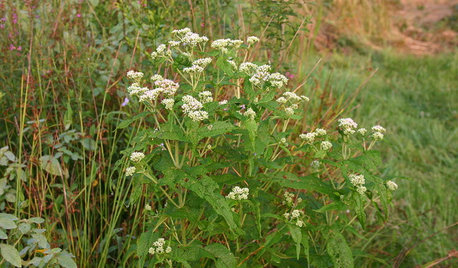
GARDENING GUIDESGreat Design Plant: Common Boneset Helps Good Bugs Thrive
Support bees, moths and butterflies with the nectar of this low-maintenance, versatile and tactile prairie-style plant
Full Story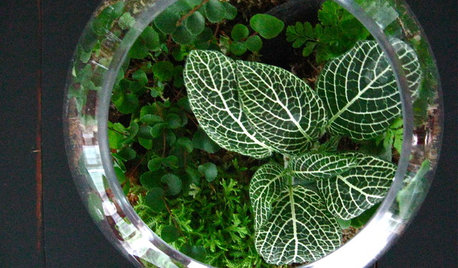
HOUSEPLANTSGardens Under Glass: How to Make Your Own Terrarium
Be the master of a mini ecosystem indoors — the low-maintenance, highly rewarding kind that fits any room
Full Story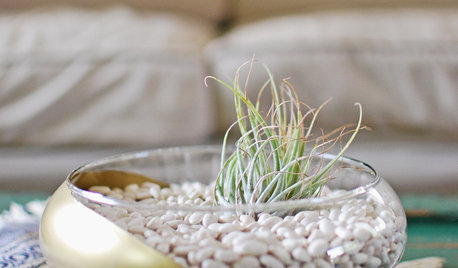
CRAFTSBowl Over Guests With a DIY Air Plant Terrarium
Air plants don't need much attention, but they'll get it anyway with a snazzy, gilded home you make yourself
Full Story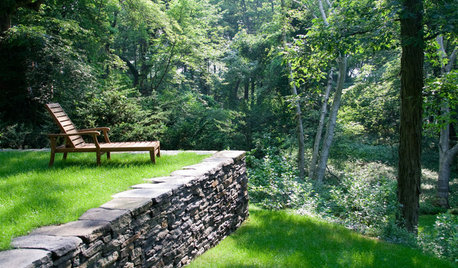
LANDSCAPE DESIGNWhat the Heck Is a Ha-Ha, and How Can It Help Your Garden?
Take cues from a historical garden feature to create security and borders without compromising a view
Full Story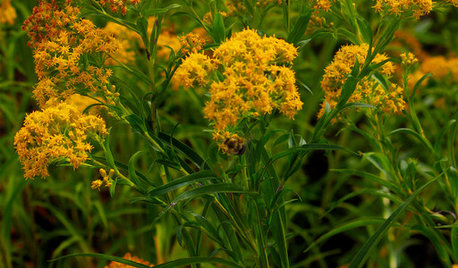
FLOWERS AND PLANTSThis Sunny Yellow Flower Helps Fall Pollinators and Landscapes
Oligoneuron riddellii’s distinct grass-like leaves and bright flowers jazz up the garden in the upper Midwest and Central Plains
Full Story






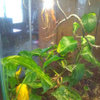
garyfla_gw
student_AlexOriginal Author
Related Professionals
Graham Landscape Architects & Landscape Designers · Blue Springs Landscape Contractors · Bridgeview Landscape Contractors · Caldwell Landscape Contractors · Concord Landscape Contractors · Ramsey Landscape Contractors · Salmon Creek Landscape Contractors · Nashville Fence Contractors · Clarksburg Fence Contractors · Fullerton Fence Contractors · Piedmont Fence Contractors · Jacksonville Window Contractors · Cicero Window Contractors · Montgomery Village Window Contractors · Sauk Village General Contractorssahoyaref
garyfla_gw
student_AlexOriginal Author
sahoyaref
nathanhurst
sahoyaref
student_AlexOriginal Author
student_AlexOriginal Author
homer_zn5
alexis
homer_zn5
sahoyaref
viv_guy
sahoyaref
garyfla_gw
sahoyaref
dfourer
sahoyaref